Lighting the way for enterprises to achieve prosperous development through sustainable and intelligent electricity supply.
Tens of thousands of tons of textile products are being sold and shipped globally from Nantong, Jiangsu. Behind this phenomenon, lies the continuous operation of the “light-off factory,” made possible by a constant supply of electricity and the provision of green energy. Through multiple rounds of electrical upgrades, State Grid Nantong has always supported Chinese businesses, illuminating their development journey with enduring and sustainable electricity.
The connection between Jiangsu Dasheng Group Co., Ltd. (hereafter referred to as “Dasheng Group”) and electricity can date back to its inception.
In 1899, the first electric light illuminated the Dasheng Yarn Spinning Factory in Nantong, Jiangsu, a plant previously shrouded in dimness amid the clamor of steam machines. The workers cheered for the precious light, and the first mechanized spinning factory in China subsequently commenced continuous day and night operations.
With this electric light, Zhang Jian, a pioneer and paragon of Chinese private entrepreneurs, has navigated through challenging times for the nation’s benefit. Even during the darkest periods in Chinese history, this light did not extinguish. Over the course of a century, it witnessed the prosperity of a new era and the evolution of Dasheng Yarn Spinning Factory. Today, the factory is embracing a promising future; however, the light is on the verge of being“extinguished”. What is happening?
China’s first! Electricity-driven transformation of a century-old enterprise
The answer lies in the “light-off factory” - the newly established 100,000-spindle smart yarn spinning factory of Dasheng Group. In the pristine and brightly illuminated factory, a minimal workforce oversees high-speed machine operations, while AGVs (automated guided vehicles) navigate with precision.. Despite the lights being turned off, the machines in the plant operate around the clock. Hence, the factory is also known as the “light-off factory”. Despite the “absence” of light, the factory’s productivity and profits are steadily increasing.
Conventionally, the energy management mindset was simple: consume energy first, and regulate it later. However, the survey highlighted two significant pitfalls of this mindset.
The textile industry traditionally is labor-intensive and consists of a significant number of workers for each production procedure. Thus, labor costs remain a large part of the financial statement of Dasheng Group. To bolster competitiveness in the market, the optimal choice is to substitute conventional manual textile methods with advanced production equipment, resulting in the realization of “automation replacing manual labor”. In the case of large-scale machine-based production, a power outage means production halt. In this sense, ensuring a sufficient and stable power supply becomes the top priority.
As an electric power service company, State Grid Nantong Power Supply Company (hereafter referred to as “State Grid Nantong”) has the same origin with Dasheng Group. From a “factory of 10,000 workers” to a machine-based “smart factory”, Dasheng Group has attributed its successful transformation to constantly upgraded power services, which reduce costs and improve efficiency for sustained progress.
A new issue for the century-old enterprise: smart and digital transformation
Textile laborers toiled in a monotonous and stifling environment, amidst coal ashes and the deafening clamor of machinery. This scene characterized the yarn spinning factory of Dasheng Group over 20 years ago.
In the early 20th century, the 4th industrial revolution spurred industrial transformation and modernization. As a century-old enterprise, Dasheng Group was also confronted with increasing labor costs, outdated equipment, low production efficiency, and various other challenges.
How to survive? Revolution was the only way out.
State Grid Nantong supported Dasheng Group in completing the transition of “moving the factory from the city to the industrial park” and has taken on the crucial role of enhancing electricity infrastructure as Dasheng Group progresses along the journey of “smart and digital transformation”. With sufficient power supply from State Grid Nantong, Dasheng Group has made great strides in high-speed development.
In early 2015,the first “digital yarn spinning plant” was established. In partnership with State Grid Nantong, Dasheng Group built a 1,500KW distributed PV power station on the rooftop, which generates amount of electricity equivalent to reducing the consumption of 72 TCE and the emission of 1,156 tons of carbon dioxide and 9.38 tons of sulfur dioxide. This initiative results in an annual savings of approximately RMB 2 million in electricity expenses and is undeniably both energy-efficient and environmentally friendly.
In the winter of 2021, Dasheng Group announced a new strategic plan for “smart and digital transformation”: recasting itself as a “smart yarn spinning factory”. Before commencing equipment upgrades, Dasheng Group confronted a significant challenge related to voltage, specifically whether the factory’s voltage supply could reliably support the operation of the advanced smart equipment.
Wan Feng, head of Dasheng Group electrical business, has been deeply impressed by electricity use renovations of the factory since he joined the company in 2002. Facing this “uncertainty” , Wan Feng shook his head silently because he knew that internal technicians were not proficient in the new technology and that “external experts” were needed. The first “external helper” came to Wan’s mind - Yang Yi, customer manager of State Grid Nantong. Yang is a smart and seasoned guy. When building the digital yarn spinning plant six years ago, he quickly came up with the idea of establishing a PV power station to save energy. Wan Feng sent a message to his old friend asking for help, expecting that Yang Yi could offer him some valuable advice once more this time.
Establishing a team to offer expert guidance for the smart yarn spinning factory
As a customer manager, Yang Yi served as a link between the company and its customers. Upon knowing Dasheng Group’s need to build a “smart yarn spinning factory”, he immediately showed enthusiasm. It was a huge project. First, it would facilitate Dasheng’s transformation to enhance efficiency. Second, it represented an innovative practice for a traditional enterprise to attain sustainable development. Upon completion, it would stand as a landmark project. After a brief discussion with Wan Feng, Yang Yi promptly organized a visit to the industrial park for a field tour, coordinating colleagues from the Economic Technological Research Institute, Distribution Department, and Operation & Maintenance Department.
At that time, Dasheng Group was already significantly different from seven years ago. Over
the past few years, with the help of State Grid Nantong, Dasheng Group invested in a host of projects, including 9 electric forklifts, 8 electric carrier robots, 2 electric cruisers, a 30KW electric steamer, a 1.5MW PV system and 16 PV street lamps. The full electrification transformation was successfully concluded on April 21, 2021. If the complete electrification transformation marked the initial triumph in the collaborative journey of the power supply company and Dasheng Group toward smart transformation, then they were confronting another formidable challenge this time.
On the day of State Grid Nantong’s field tour to Dasheng Group, Chairman of Dasheng Group Qi Yingbin and Vice General Manager Zhao Zhihua provided the State Grid Nantong visitors with an overview of the current situation. Yang Yi contemplated that despite Dasheng Group’s thorough preparations for industrial upgrading this time, the various challenges that emerged during the reform process were unexpected, with the most urgent concern revolving around energy consumption.
As Wan Feng said, “the new plant is about 51,000 square meters. The newly installed smart yarn spinning facilities are entirely different from the previous ones and consume significant- ly more electricity.” Yang Yi was aware of this challenge, even though Wan Feng did not mention it explicitly. Renewing the electrical infrastructure would entail a cost of at least RMB 100 million, which would be a substantial expenditure for an enterprise undergoing an upgrade.
The entire population of Nantong was closely watching the construction of this “smart yarn spinning factory,” and the entire industry eagerly awaited its completion. Electricity supply be- came a crucial prerequisite for its success. Dealing with the energy consumption challenge was a test for both Dasheng Group and State Grid Nantong.
Weighing pros and cons in seeking feasible solutions
After returning to the company, Yang Yi coordinated with various departments to expedite discussions and reach a prompt decision on the necessity of electrical renovations to support the construction of the “smart yarn spinning factory”.
Three days later, Dasheng Group completed the electricity demand measurement for smart transformation. Yang Yi and colleagues from Science, Technology and Internet Department believed that while the 35kV voltage could support the factory’s operations, it might prove insufficient to meet the company’s demand for capacity expansion in the future.
Considering that Wan Feng hesitated over the choice of electricity renovation, Yang Yi explained his thoughts, “The lower the voltage, the higher the unit price. Maintaining the 35KV voltage for industrial upgrading is not cost-effective. Furthermore, without forward-looking infrastructure plans, it could lead to significant issues once the project is in production. If the company plans to achieve industrial upgrading, its electricity system must be upgraded accordingly.” Prior to Wan Feng’s response, Yang Yi had already provided his advice in a firm manner.
Soon enough, Gu Xuefeng, Director of Energy Equipment Department of Dasheng Group, and Li Qiushi, Vice General Manager of State Grid Nantong concurred with the advice. Dasheng Group and State Grid Nantong had been collaborative contributors to China’s industrial development for a century. Once again, Dasheng Group opted to cooperate with State Grid Nan-tong to address the present challenges.
A stroke of inspiration in times of difficulty
A new round of discussion on technology was conducted. Given the unique circumstances and the absence of references, the Electric Power Design Institute decided to offer Dasheng Group a tailored and exclusive electricity solution package. Meanwhile, Gu Xuefeng, head of Energy Equipment Department of Dasheng Group, provided strong support for State Grid Nantong during the new round of field visits.
Several technology seminars were organized without any preliminary plans in place. When Wan Feng called Yang Yi, the latter had to explain the dilemma, saying, “The electricity renovation affects nearly every aspect of the factory, so we must carefully consider the best plan.”
To create a solid plan, favourable timing, enviromental factors, and human resources must align. One day, Yang Yi suddenly realized that the newly built factory was adjacent to the 110KV substation when he was examining the power grid map. The idea struck Yang Yi, “Wouldn’t directly switching to a 110kV supply voltage after optimizing the existing transformers lead to the highest possible cost savings?” Yang Yi shared his thought with Wan Feng, and the two immediately reached a consensus.
The voltage boosting plan was finally formulated after two months of discussions and research by the Electric Power Design Institute. Gu Guiping, Deputy Director of Urban Area Power Supply Service Center of State Grid Nantong, remarked that the plan could result in nearly RMB 5 million in annual electricity cost savings forDasheng Group.
During the voltage boosting process, Yang Yi and Gu Yujing, Deputy Leader of Power Supply Service Center, observed that the advanced textile equipment had a high demand for electricity quality. Any abnormalities, such as harmonic waves and voltage fluctuations, could impact product quality. To mitigate factors affecting electricity quality, Yang Yi, Gu Yujing and other colleagues guided Wan Feng in installing a set of harmonic wave controllers for the new production line. Electricity data services enable enterprises to analyze the characteristics of their own production loads and seek the best solution to production line allocation, which facilitates cost reduction and efficiency improvement. With this in mind, they established a smart cloud platform for yarn spinning management, supported by refined electricity data services.
Sharing achievements and jointly striving for a “smart” future
In 2022, the project was completed, and the “smart yarn spinning factory” of Dasheng Group was officially put into production. The new yarn spinning factory can steer production based on data feedback and harness cutting-edge technologies like 5G data transmission and a sophisticated cloud-based management platform to achieve smart operations, seamless equipment integration, and digital manufacturing. Every year, the yield of yarn products is 30,000 tons, with over 20% increase in productivity and over 15% decrease in product defect rate. The number of workers per 10,000 spindles is reduced to below 10. The workers are excited for this achievement:“The current working environment is clean and comfortable, far better than the past.”
In 2023, Dasheng Group Yarn Spinning Factory was certified as the first “smart yarn spinning factory” during the 14th Five-Year Plan period by the Ministry of Industry and Information Technology and the National Development and Reform Commission. On March 9, the factory reached its designated production capacity, marking another significant milestone in Dasheng Group and State Grid Nantong’s collaborative journey towards a smart future.
Presently, tens of thousands of tons of textile products are being sold and transported worldwide from Nantong, Jiangsu. These textiles will find their way into the manufacturing process of clothing, quilts, and various other products, enriching the lives of tens of millions of people across more than 150 countries and regions. Behind this, lies the continuous operation of the “light-off factory,” made possible by a constant supply of electricity and the provision of green energy.
From the factory illuminated by the first electric light to the era of lights-out operation, Zhang Jian’s dream of revitalizing the nation through industrial development has been realized. Despite rounds of electricity use renovations, State Grid Nantong has always supported enterprises to develop and thrive with inexhaustible and green electricity. In the mind of every State Grid Nantong employee, electricity brings illumination, and with illumination comes the promise of a brighter future!
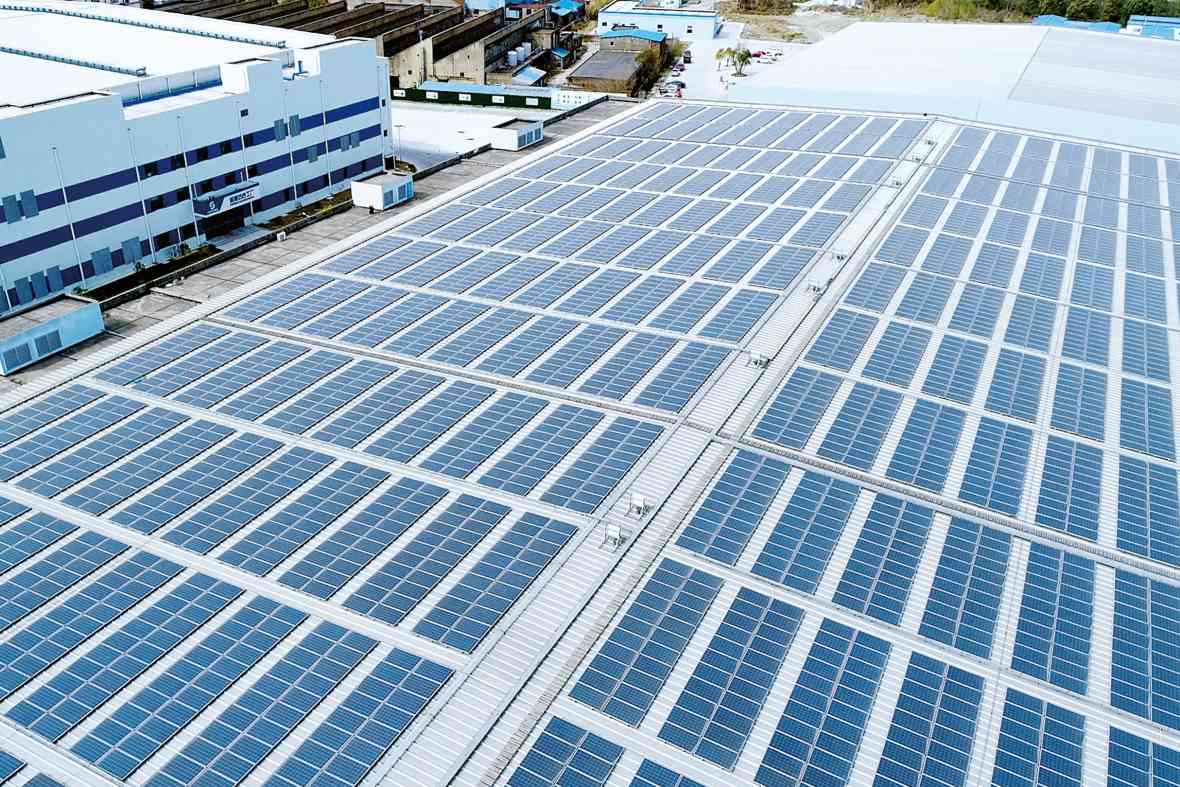
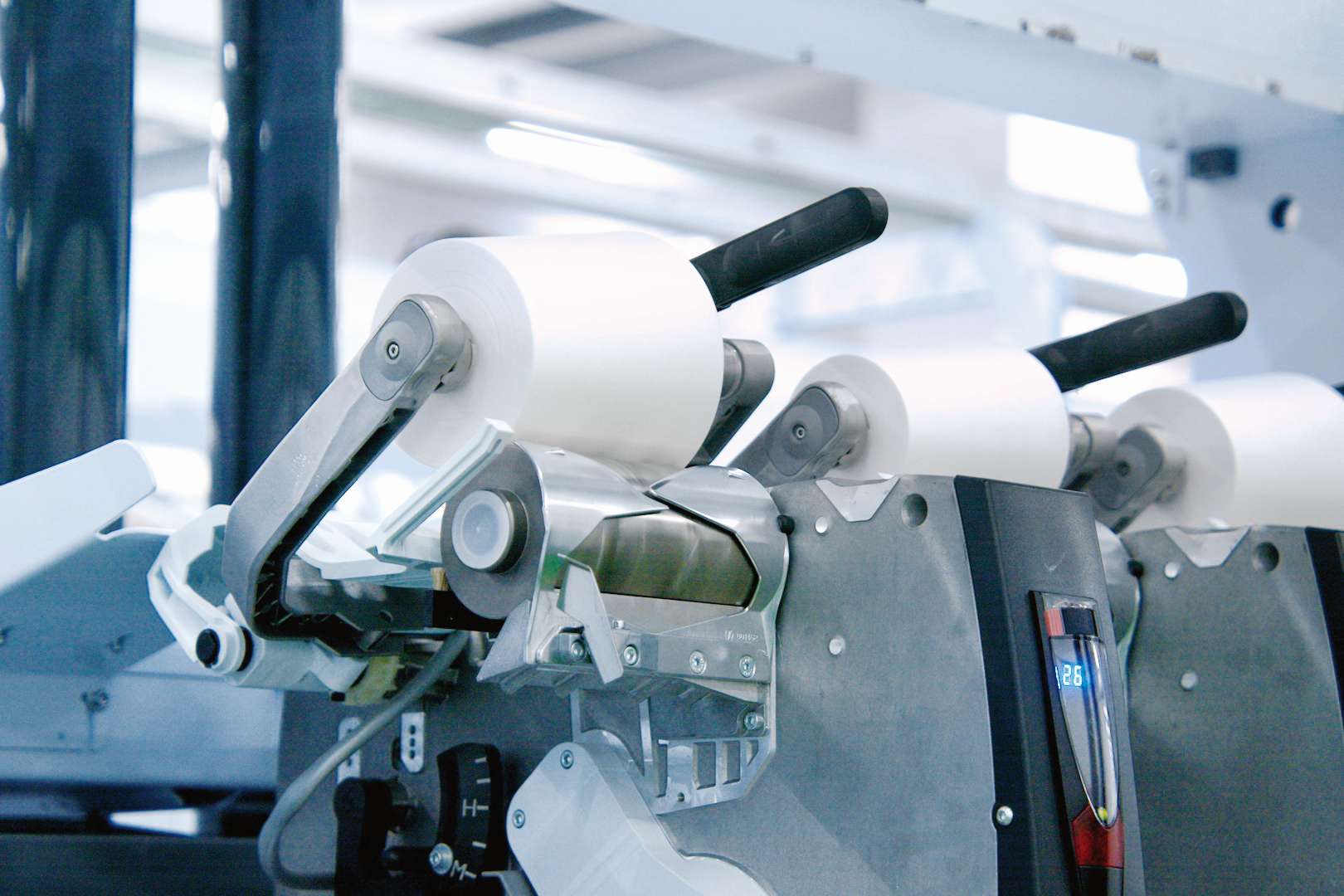
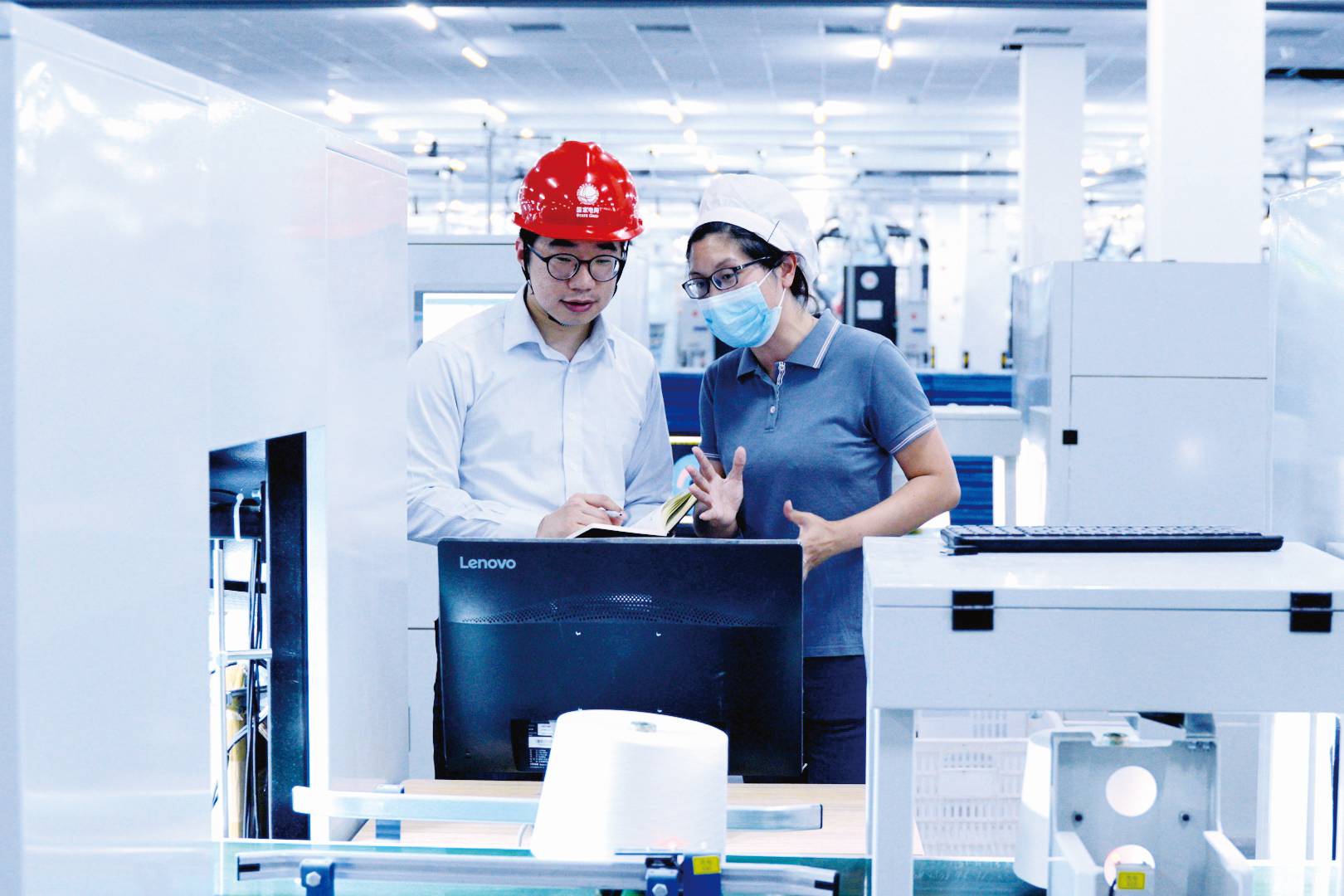
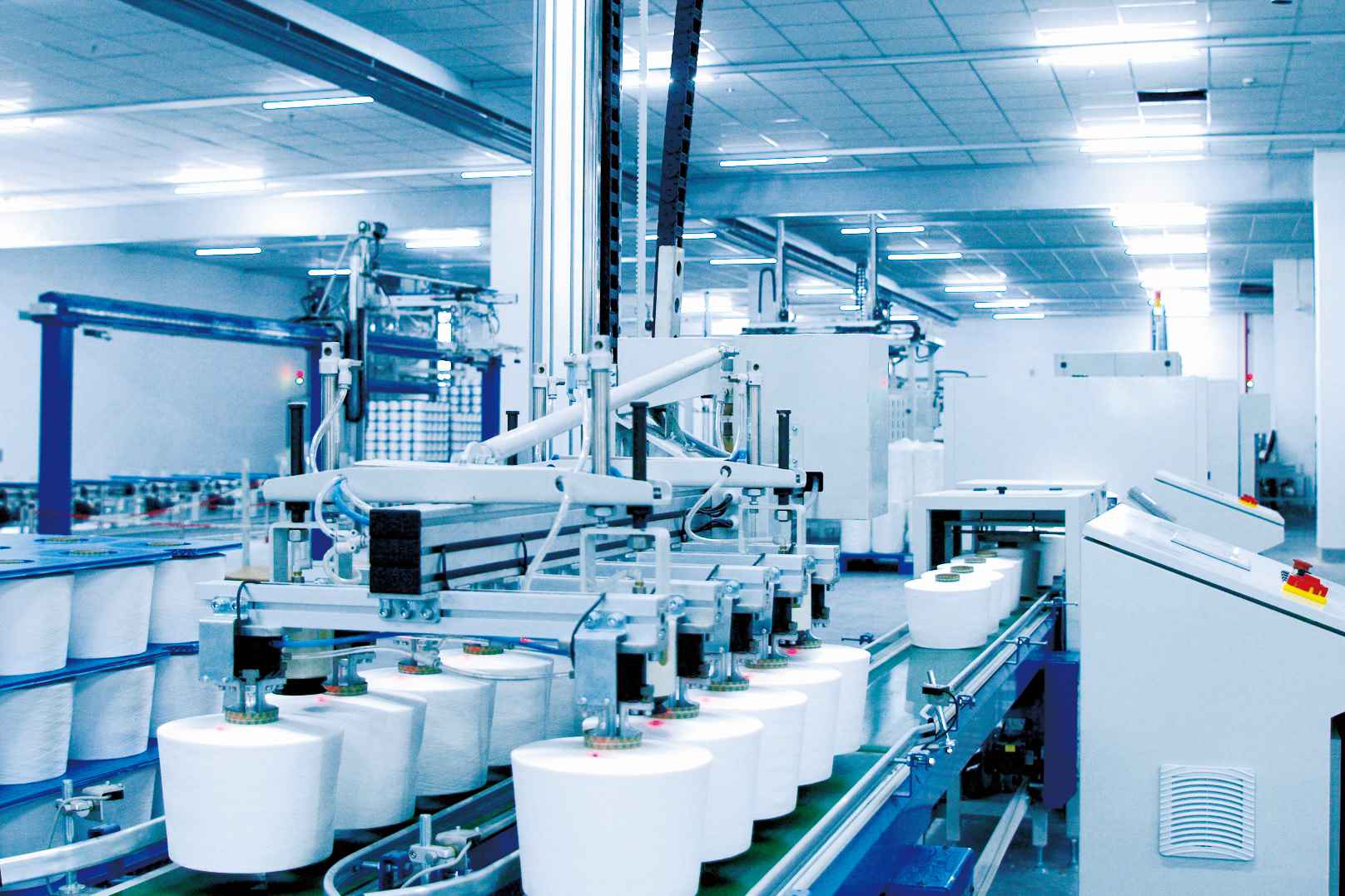
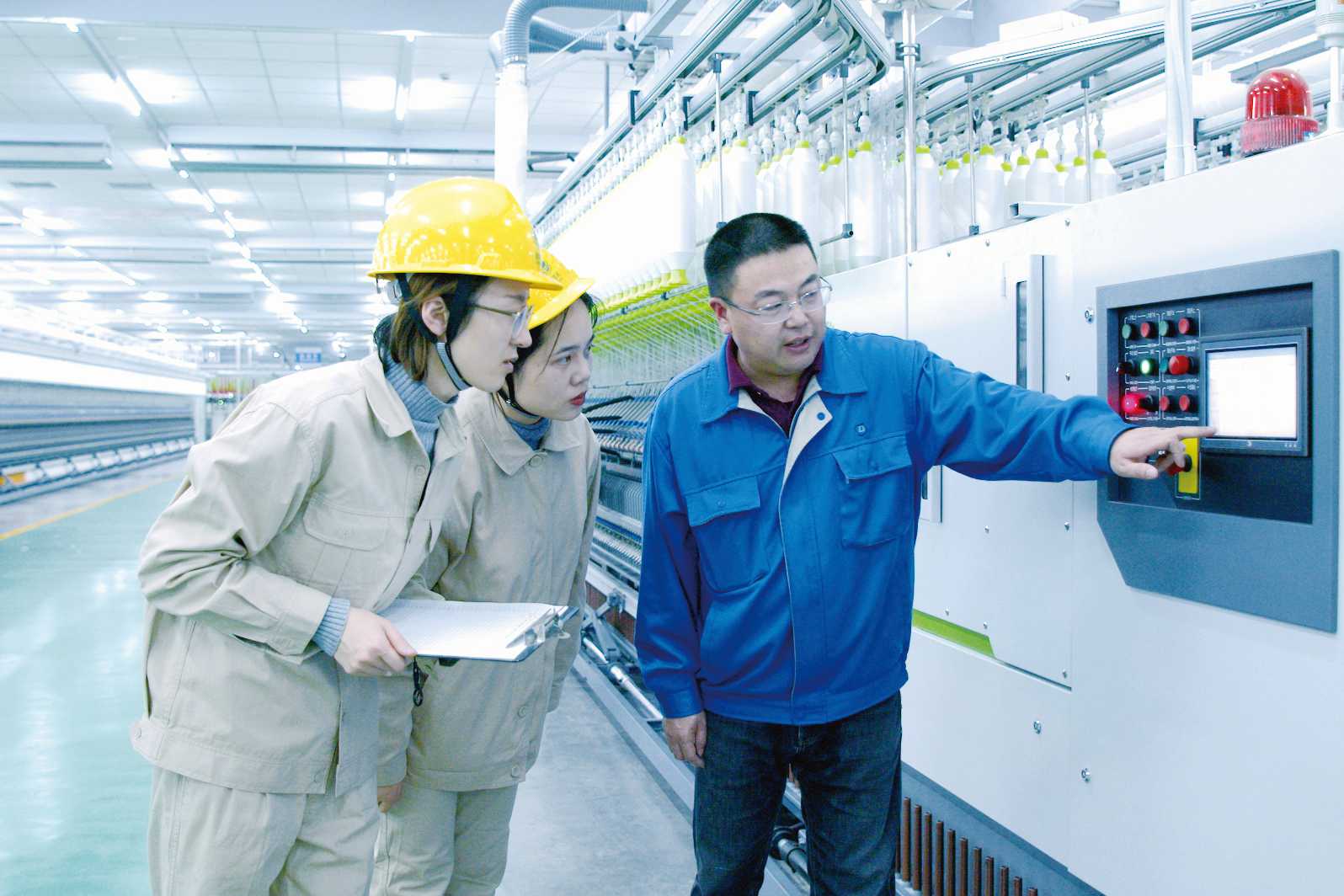
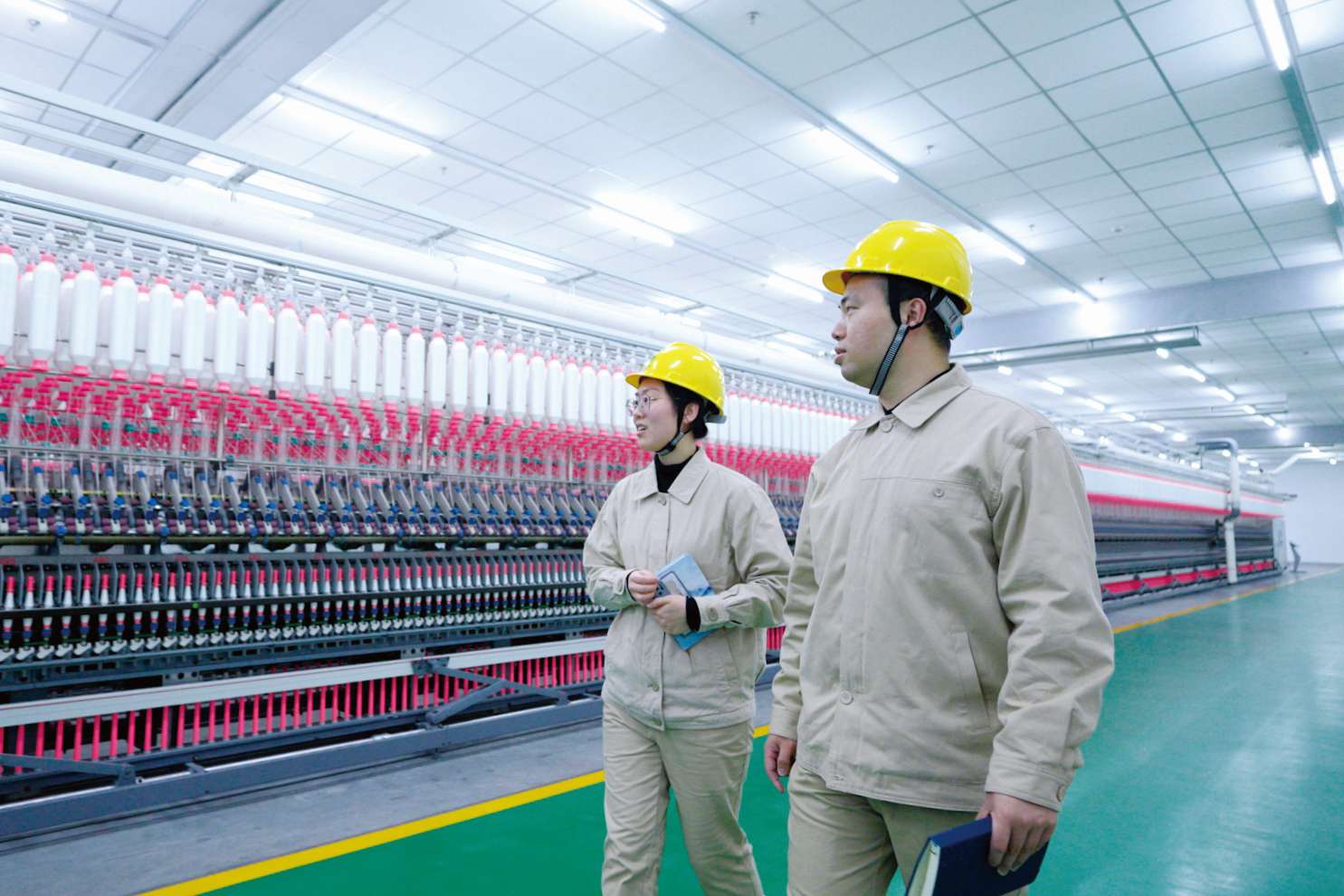

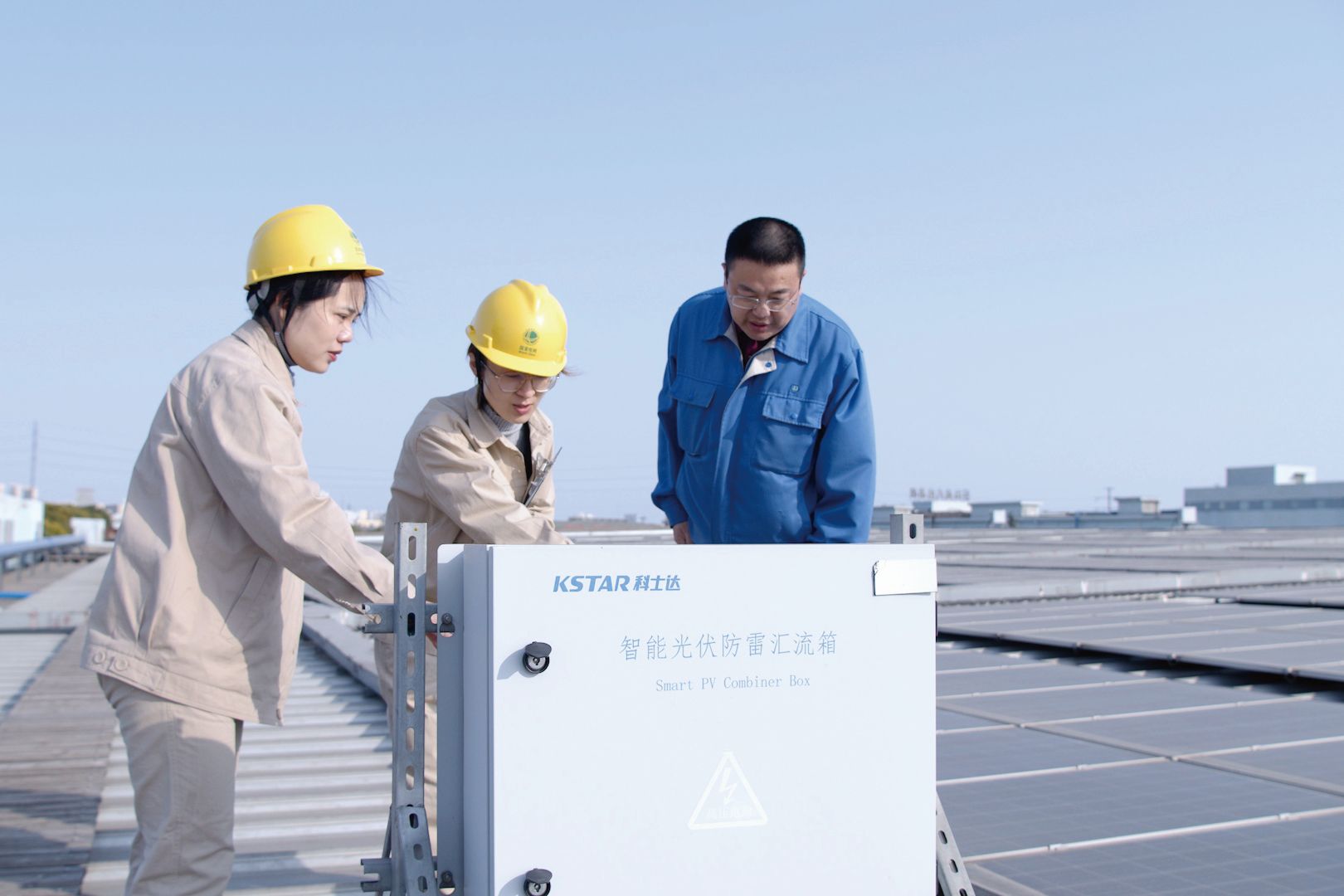
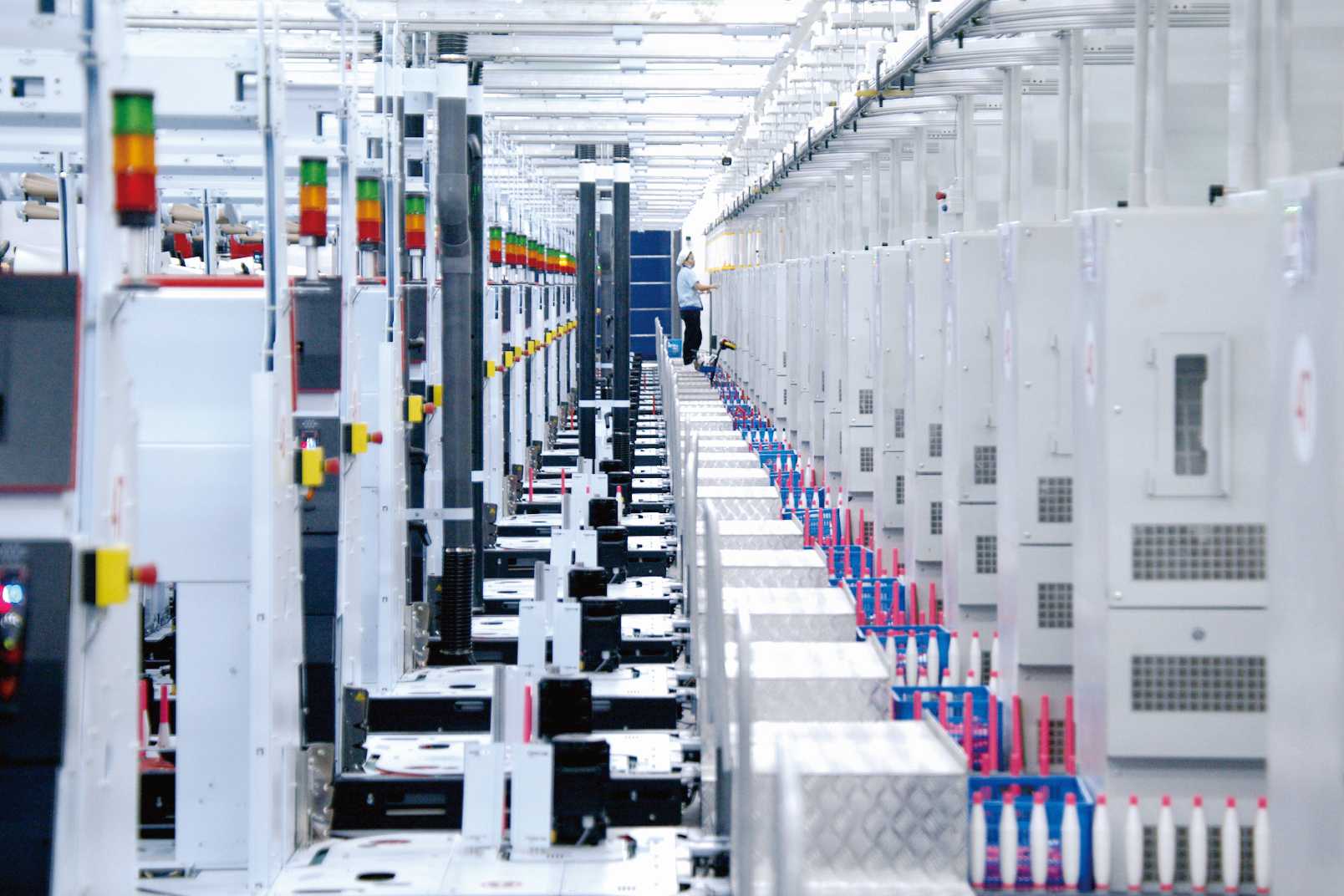
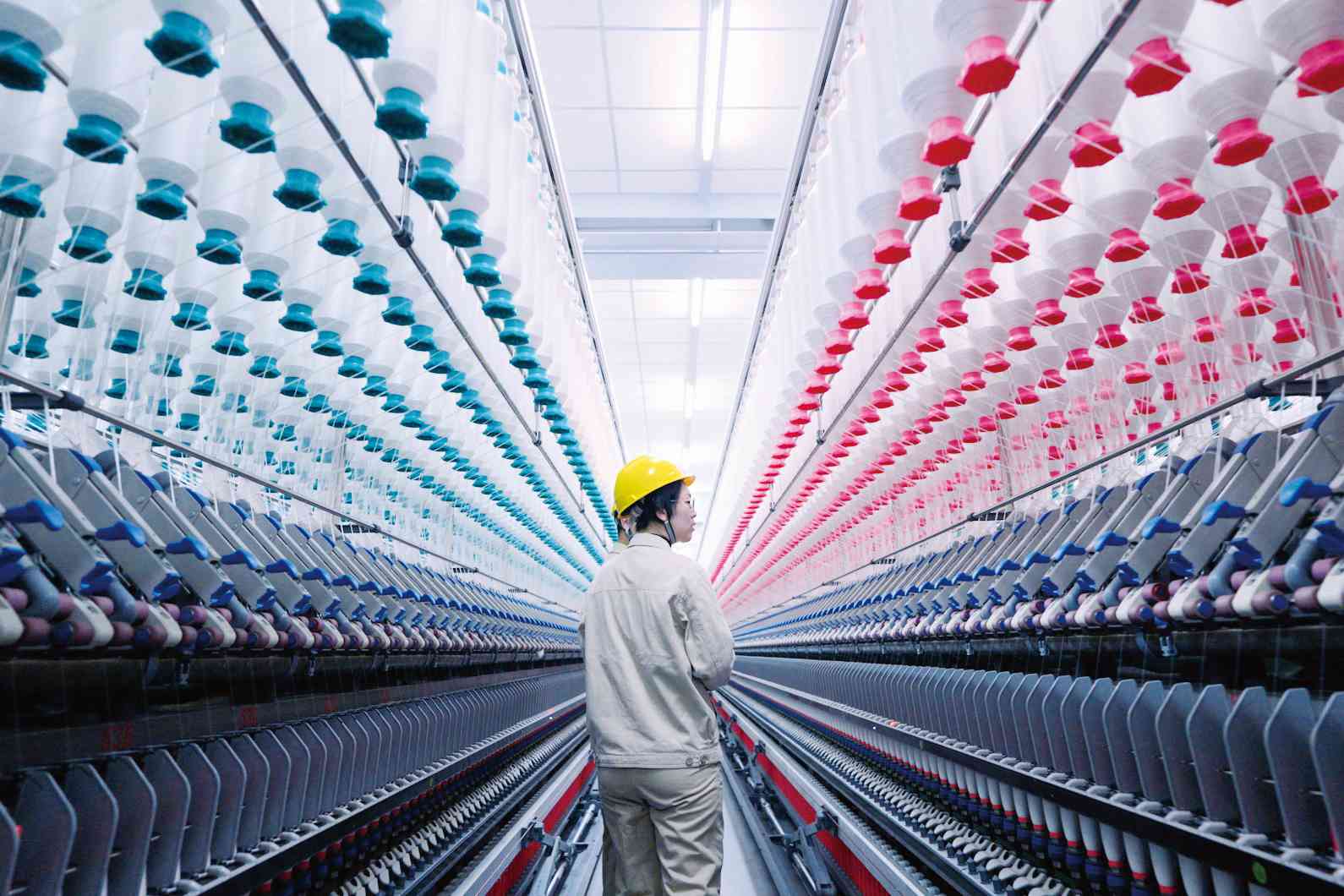

 Back
to top
Back
to top